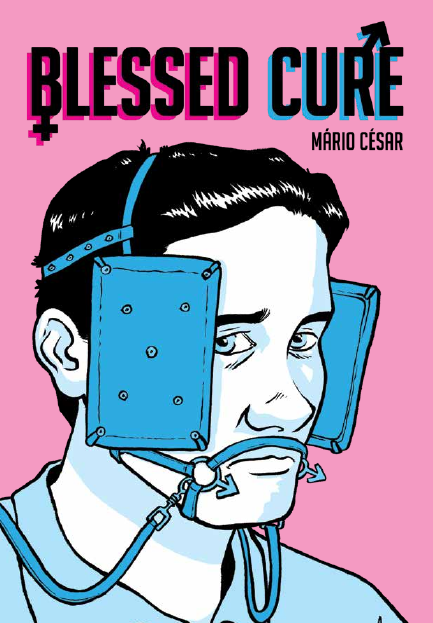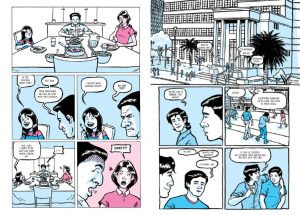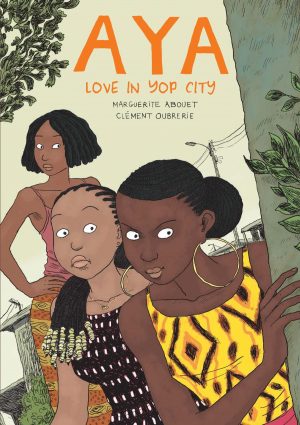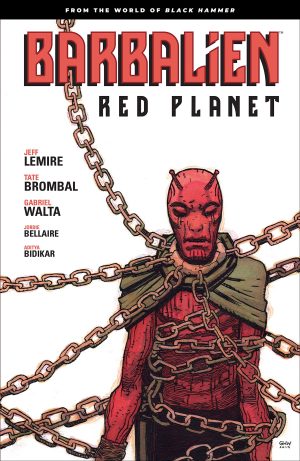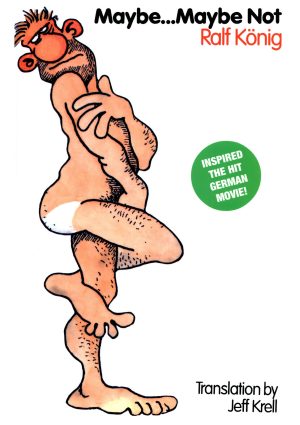Review by Ian Keogh
Acácio Galdino has lived a conflicted life, and the issues still affect him in late middle age. His misfortune is to be born in Brazil, which despite its carnival culture is deeply rooted in Catholic religion, even more so during his 1960s youth. From a very early age he’s torn between following his natural instincts and wanting to please his conservative parents. His father considers few things worse than being “a faggot”.
An opening chapter supplies the contradictions when he’s aged five, bearing the consequences of his parents visiting a therapist who recommends a programme of reinforcement that in practice leads to repeated beatings. It’s only the beginning of a tragedy with a lack of understanding, and indeed basic humanity, front and foremost. The young Acácio is determined to be the person his parents want without realising he can never be that person, and this dogs him throughout his school years with a defining moment occurring at the prom.
Mário César’s art isn’t conventionally attractive, but expressions conveying what people feel are refined, and simple backgrounds provide a sense of location. However, it takes a few pages for the true sophistication to drop into place. At first the use of blue and pink colouring seems random, but the colour is coded, reflecting identity and current feeling, and as such unlike any colour system found in other graphic novels. Just how subtle it is can be seen on the right sample art where the pink is so minimal as to seem irrelevant, yet reflecting the emotional balance.
That emotional balance is constantly shifting, Acácio resisting temptation while also letting others down in his desire to be a good son. It’s a conflict that can’t be resolved without honesty, yet Acácio takes his suppression to extremes by volunteering for chemical treatment. It’s only briefly shown, yet terrifying. So is a scene reinforcing that Brazil was a military state in the early 1980s, included to make a point about differences, yet police brutality in public passes with minimal comment, reflecting how normalised the appalling can become. Yet for some, appalling is people following their natural instincts.
One minor drawback is not translating the title of the book being read by a young boy, as The Ugly Duckling is a metaphor well placed. Eventually, of course, truths come out, and they’re every bit as heartbreaking as the deceit, with the only real wonder being how many years it’s taken. However, even that’s not the end.
Acácio’s story represents millions of people around the world still unable to express themselves naturally, and does so in unflinching terms. It’s continually uncomfortable, yet the point surely being made is reading about the situation induces only a minimal percentage of the discomfort induced by living it. This is intelligent, meaningful and importantly, in the right hands it could change lives.
